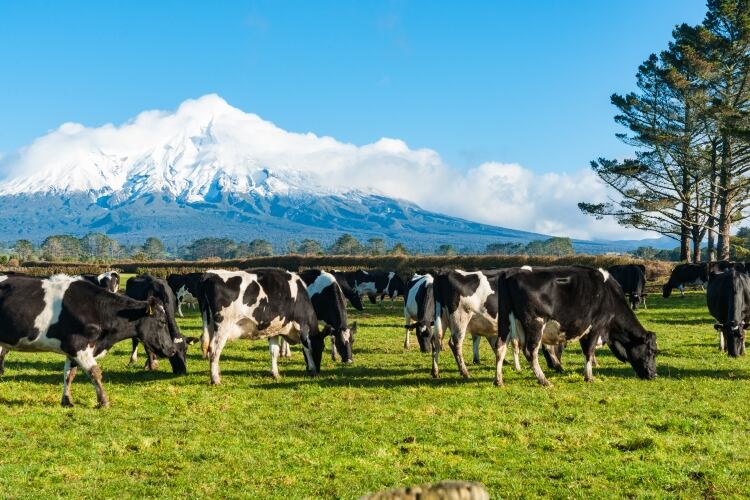Fonterra CEO Miles Hurrell said the stronger 2020/21 milk price forecast is largely being driven by improved demand in China.
“Despite the initial impact of Covid-19, we have seen demand for dairy in China recover quickly. In particular, demand for Whole Milk Powder, which is a big driver of milk price, has been stronger than expected,” Hurrell said.
“While it is still early in the season, dairy prices have improved from the levels we saw on GDT through the first wave of COVID-19 and demand for milk powders has proved resilient. We have seen this demand reflected in GDT auctions, with prices trending upwards in recent events and this is supporting our decision to lift the range and its mid-point, which farmers are paid off.”
Hurrell said one of the coop’s priorities is to have a competitive milk price, as this not only supports its farmers, it supports local communities as well.
He said at NZ$6.80, more than NZ$10bn (US$6.6bn) would flow into regional New Zealand.
Hurrell said there are several factors the coop is observing, which is why it is retaining a wide forecast range of NZ$6.30 - NZ$7.30 (US$4.16-US$4.82) per kgMS.
“It is still relatively early in the season and a lot can change. For example, we could experience volatility with exchange rates, milk supply from the EU and US is increasing and there continues to be uncertainty around how a potential risk from further waves of COVID-19 and a global economic slowdown could impact demand.
“With increasing demand and supply, we see the dairy outlook as more balanced, but given there are still a number of risks, we are still recommending our farmers be cautious with their decision making.”

